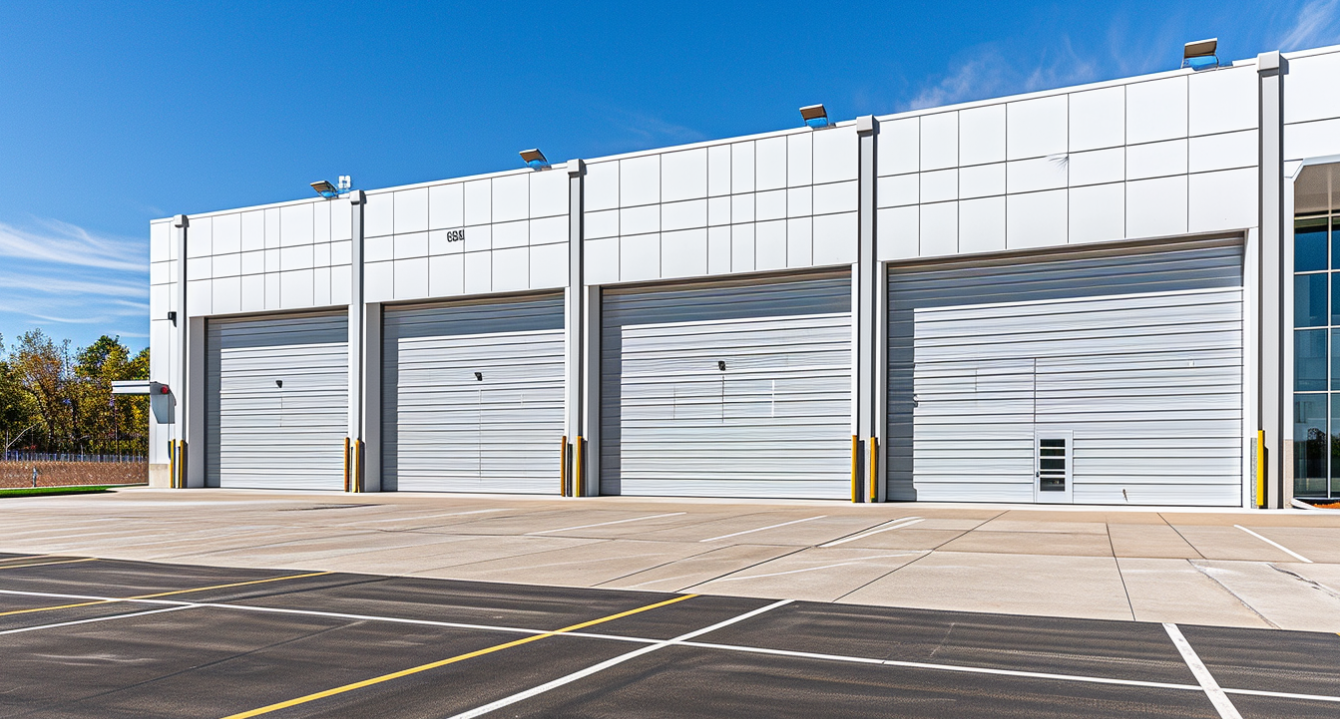When envisioning your new project, perhaps a striking metal garages or an exquisite steel barn, one question looms large: Do you go custom or opt for a kit building? Both options have unique advantages, but making the best choice for your needs comes down to understanding what each offers and how they align with your goals. Embarking on a building journey is like setting sail on the open sea; one needs a compass to navigate effectively. Allow this guide to be that compass, steering you toward a decision that anchors satisfaction.
HealthBenign| thephotogarphy| interiorsnouveau| wartechgears| tutorideas
Understanding Custom Buildings
Imagine a blank canvas where the sky’s the limit—this is what a custom building offers. Custom steel structures are designed meticulously to meet your specific requirements, allowing for complete flexibility in design, size, and functionality. You have the freedom to choose everything from the shape of the roof to the type of windows, making your building as unique as your fingerprint.
Advantages of Custom Buildings
Customization can be a game-changer, especially if you have specific needs that pre-engineered kits can’t fulfill. Here are some of the advantages:
Personalized Design: Every inch of the structure can be tailored to meet your vision. Whether you need extra doorways, specialized insulation, or a unique exterior finish, custom solutions cater to these desires.
Optimal Functionality: With a custom building, usage is tailored precisely to your operations, be it for workshops, storage spaces, or entertainment areas.
Higher Property Value: A well-designed, custom-built structure can significantly enhance the value of your property, as it truly fits the character and utility demands of the space.
Considerations When Choosing Custom Buildings
However, custom buildings might not be for everyone. Keep in mind these factors:
Higher Initial Costs: Customization, while beneficial, often brings a higher price tag due to the bespoke nature of the service.
Longer Project Timelines: Crafting a building from scratch involves more phases of design and consultation, extending the overall timeline.
Complex Process: The process of designing and planning is more involved and typically requires more decisions, leading to increased complexity.
These considerations must weigh heavily in your decision if you prefer flexibility and personalization over a straightforward solution.
The Kit Building Alternative
Conversely, kit buildings serve as the perfectly structured jigsaw puzzle. They come with predefined designs, often appealing for their simplicity and efficiency. Consider kit buildings as the plug-and-play solution to your property enhancement needs, seamlessly fitting into your landscape with minimal fuss.
Advantages of Kit Buildings
Kit buildings shine across several domains, notably:
Economical Choice: Costly architectural fees are sidestepped, making kits a budget-friendly alternative.
Faster Assembly: Most kit buildings come with prefabricated parts, reducing assembly time and lending a DIY appeal.
Predictable Outcomes: Pre-defined designs mean fewer surprises and more consistent, reliable outcomes.
With these benefits, kit buildings often become the go-to choice for those seeking efficiency and simplicity.
Considerations When Choosing Kit Buildings
Despite their appeal, kit buildings come with their own set of challenges:
Limited Customization: While easier on the budget, they offer less customization, potentially limiting personal expression.
Fit and Finish: The ease of identification comes with a cookie-cutter risk. Your building might not stand out in the landscape.
Structural Constraints: Some kit buildings might not accommodate future expansion plans as easily as custom builds could.
These potential drawbacks shouldn’t overshadow the fact that for many, kit buildings provide the ideal balance of cost and function.
Making the Decision: Custom versus Kit
Much like choosing between a tailored suit and an off-the-rack option, the decision hinges on personal preference and circumstances. The primary factors to consider include:
Budget and Cost: Analyze your budget and determine how much flexibility it affords you. Custom tends to be pricier but can fulfill specific needs, whereas kits offer savings and simplicity.
Project Complexity: Do you prefer the real-world puzzle-solving of a custom build, or is the straightforward nature of kits more your style?
Timeframe: If you’re under the pressure of a tight timeline, the speed of kit construction could be appealing.
To further explore how these structures can integrate into your specific context, consulting experts like Your Building Team can offer significant insights into the best choice for your requirements.
Consider Your Purpose and Future Plans
When deciding between custom and kit buildings, consider not only current needs but also future aspirations. Will the building need to accommodate growth or change over the years? Is it solely functional now or an investment for the future?
party-worldwide| topthepokers| websitextra| bettingfuns| legalwire
Final Thoughts
In summary, the choice between custom and kit buildings is deeply personal and varies depending on individual needs and circumstances. Both options have their strengths and pitfalls. Custom buildings provide personalized beauty and functionality, whereas kit buildings offer efficiency and cost-effectiveness.
The decision aligns with your priorities—whether it be the bespoke charm of custom construction or the pragmatic simplicity of kit assembly. Understanding these dimensions will enable you to create a space that not only suits your immediate purposes but also stands the test of time, much like an artist’s masterpiece in steel. As you embark on this exciting journey, keep in mind the ultimate aim: transforming physical space into personal sanctuary, a testament to your vision and needs, perhaps starting with the perfect Reflecting on these factors will help guide the right choice for your unique situation. Whether you lean toward complete customization or the efficiency of kits, the right building solution is within reach, ready to serve your needs and stand as a testament to your aspirations.
